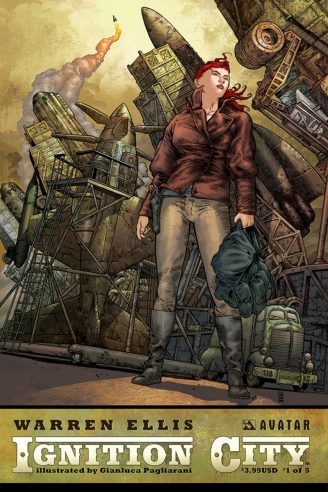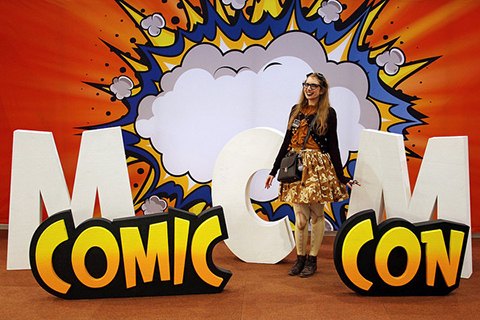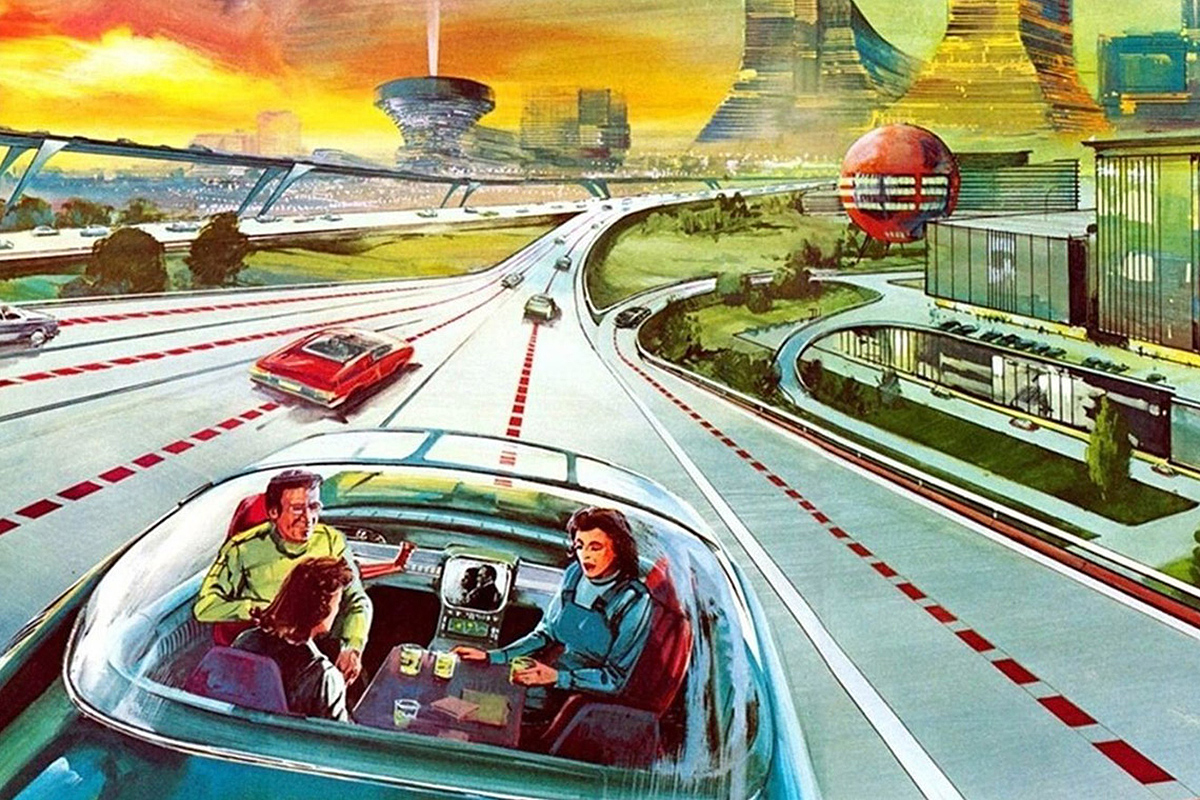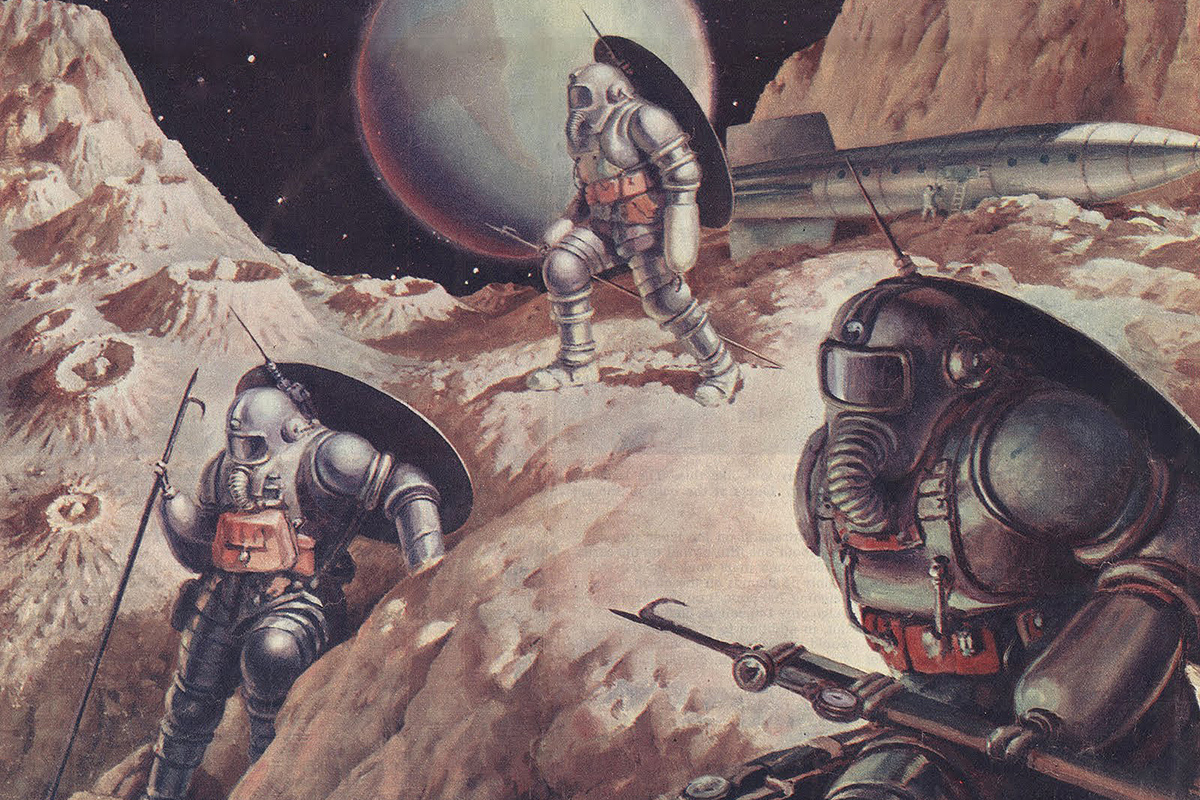In 1930, three bold astronauts reach space. Fifteen years later, World War II is interrupted by a Martian invasion. As a consequences of those events, humanity starts exploring its Solar System and heroic astronauts contact alien species and have incredible adventures.
But that is the past.
The present is the year 1956, when no one cares about alien worlds and the final frontier anymore. Spaceports are being closed down and the only place from which rockets take off is Ignition City, a metropolis located on an artificial island on the equator. Here the last astronauts live in exile.
This is the context of Warren Ellis’ Ignition City science-fiction comic book.
Ellis is a famous and acclaimed author of comics, novels and TV shows, whose works cover many genres and themes. With Ignition City, he creates a comic with a strong dieselpunk or atomicpunk aesthetic. Thematically, it’s rooted in old TV shows like Flash Gordon, Buck Rogers and King of the Rocketmen, but don’t think it’s about the glorious and memorable events of space exploration. What we see in Ignition City are dying heroes, worn away by alcohol and pill foods, whose past glories cast no light on their present misfortune.
Gianluca Pagliarani’s illustrations detail the city very well. Many buildings are composed of old rusted rockets and many particulars are reminiscent of 1950s sci-fi movies, if covered by a layer of decay.
For example, the “World’s End” bar is situated inside an old fuel tank and sometimes giant robots can be found abandoned across the city.
The protagonist is Mary Raven, a former astronaut who visits Ignition City in order to discover who killed his father, a former war hero space pilot, and have his revenge. She is mainly inspired, as Warren Ellis revealed in his blog, by Magdalene Veen, singer and belly dancer of the band Abney Park. Mary Raven will have to make her way through the cynicism, the resentment and the corruption of the city inhabitants.
The five issues of Ignition City have been published by Avatar Press and were collected in paperback in Ignition City Volume I. It is a must-read for people who are interested in retrofuturistic comics. The story is also full of references to various classics like Dune and the Lensmen saga, making it a special travel across decades of science-fiction.
This story first appeared in Gatehouse Gazette 20 (September 2011), p. 26, with the headline “Ignition City”.





